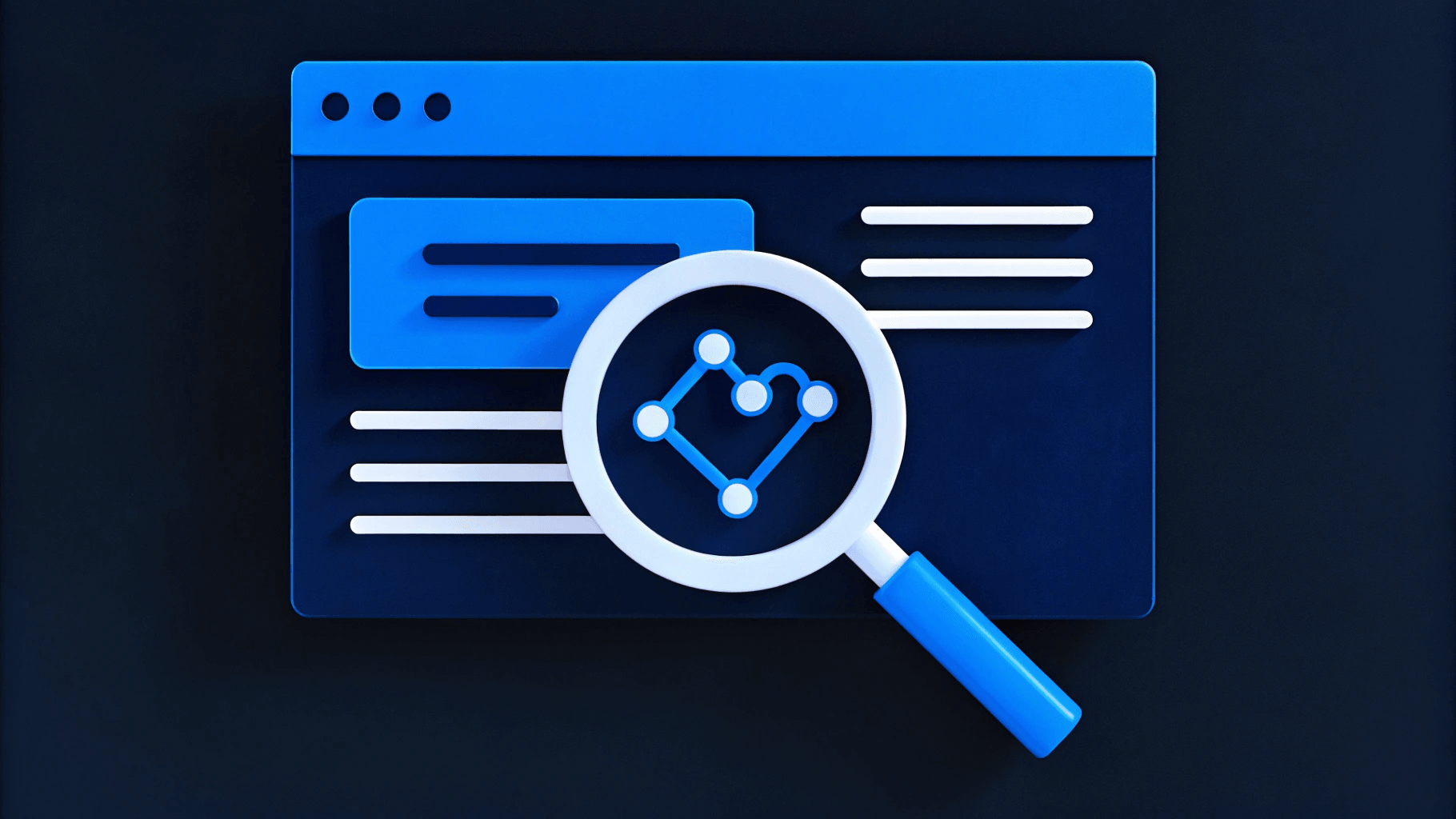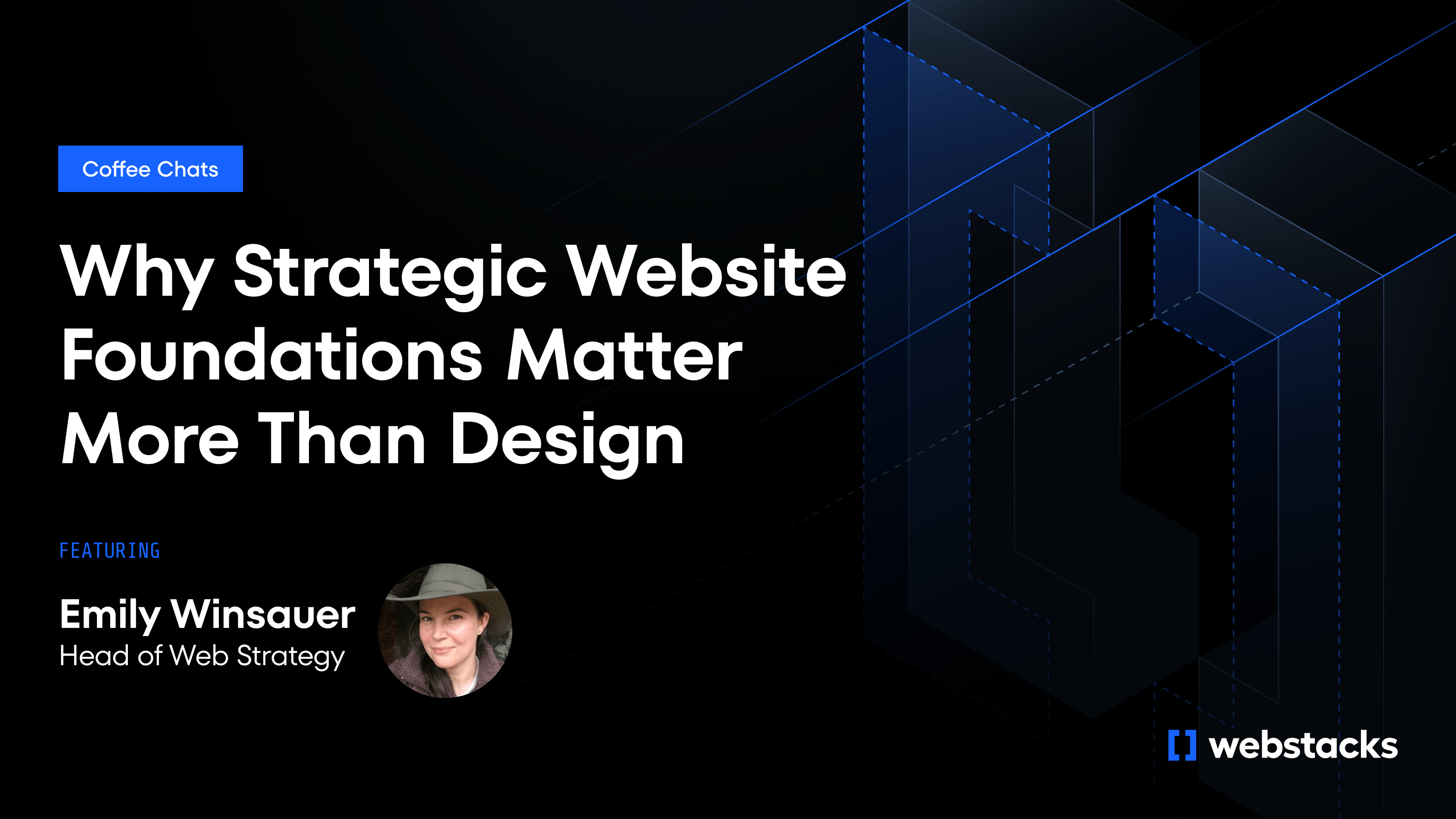Marketing and digital teams are expected to launch campaigns across web, mobile, kiosks, and whatever other channel pops up next, often within the same sprint. Many organizations still rely on monolithic CMSs that tightly integrate the backend with rigid page templates.
Every template tweak ripples through the codebase. Designers wait on dev tickets, developers wrestle with brittle themes, and releases slip. A headless CMS breaks that pattern by separating content from rendering and exposing everything through APIs. When the backend no longer dictates the front end, you can move in parallel and ship faster. Here's how five key advantages dissolve design-dev friction while delivering the agility modern marketing demands.

1. Parallel Workflows Reduce Handoff Delays and Unblock Teams
Traditional CMS platforms tightly couple content and presentation, making even small design changes dependent on backend updates. This slows sprints and creates bottlenecks across design, development, and marketing.
A headless CMS removes that constraint. Content is delivered via API, so once the content model is defined, each team can move independently. Marketers can update content, designers can refine layouts, and developers can ship new components without waiting on one another.
This parallel structure supports real agile collaboration:
- Developers build UI components in frameworks like React or Next.js
- Designers iterate on visuals without impacting production content
- Marketers publish updates without triggering dev tickets
Instead of linear handoffs, teams work from a shared content source but stay within their own workflows. This reduces dependencies and helps teams ship faster with fewer blockers. To assess the value, review your last launch. Any task that had to be paused for another team is a sign of tightly coupled systems. A headless CMS removes those pauses and restores momentum.
2. Front-End Freedom Gives Designers Unlimited Creativity
Rigid CMS templates lock you into dated layouts. You're stuck compromising on new UX patterns because traditional platforms offer "themes" that break when you push past their presets. Their tight coupling of backend and frontend blocks support for modern frameworks like React or Svelte.
A headless approach cuts those ties. Content travels through APIs, so you can build any presentation layer you want without backend bloat. Developers pick the right stack while you experiment with motion graphics or micro-interactions that legacy templates can't handle.
Creative control doesn't mean brand chaos. Shared component libraries keep typography, colors, and spacing consistent across every page and channel while still allowing you to remix layouts freely. If you're skeptical, pilot one landing page in your chosen framework alongside the legacy site. Measure load times, conversion rates, and editing speed. The numbers will make the case for scaling across the entire web estate.

3. Omnichannel Delivery Keeps Brand Elements Consistent Everywhere
Product pages need to surface inside mobile apps, partner portals, digital kiosks, and even IoT displays. A traditional CMS locks each of those endpoints into its own template, so teams copy-paste content, tweak layouts, and manually check for brand consistency, a process that fragments messaging and drains hours from every launch cycle.
A headless architecture changes this approach entirely. Content lives in a single repository with platforms like Contentful or Storyblok and travels to any channel through APIs, giving you a single source of truth that every experience can call on. This approach benefits your overall brand strategy by ensuring consistency across touchpoints.
Designers map brand styling once per channel, developers wire the API, and marketers hit publish; no duplicate uploads, no last-minute formatting fixes. The payoff shows up in metrics you already track: faster time-to-publish, fewer revision cycles, and perfectly aligned messaging across every screen.
4. Faster Performance Fuels Rapid Iteration and Better UX
Headless architectures improve load speed by separating the front end from the backend. With static site generation and content served through a global CDN, pages render quickly without relying on origin servers. This removes many of the delays caused by traditional CMS plugins and server-side rendering.
The performance benefits of headless architecture are measurable:
- Faster load times reduce bounce rates and improve conversion
- Improved Core Web Vitals support stronger search visibility
- More responsive pages build trust and keep users engaged
Better performance gives teams room to experiment. Developers can run A/B tests and release changes without causing slowdowns. Designers can add interactive elements while still meeting speed benchmarks. This setup allows teams to move quickly while maintaining a fast, consistent experience for users.
5. Scalable Architecture with Modular Integrations Reduces Risk
Traditional platforms often force full rebuilds when plugins break or updates introduce conflicts. A single dependency can block releases or trigger unplanned redesigns when everything is bundled together. This fragility slows teams down. Even basic upgrades carry risk, since one outdated module can affect the entire stack.
Headless architectures avoid this problem. Each service runs independently through APIs. You can replace tools or vendors without overhauling the site. For example:
- Swap in a faster search solution by pointing the front end to a new endpoint
- Add analytics by integrating an SDK without touching your content model
- Extend functionality without creating new dependencies across the stack
This modular setup keeps technical debt manageable and supports long-term growth without repeated rebuilds.
Watch for these signs that your current system is blocking progress:
- Key features depend on outdated plugins that require downtime to replace
- Content is split across disconnected sources with no central model
- Migrations require rewriting full templates instead of reusing structured components
Migrate to a Headless CMS for Smoother Operations
A headless CMS replaces rigid templates and plugin chains with an architecture that lets content, design, and code ship on their own timelines. This trims time-to-market and keeps brand consistency intact.
Website migration takes planning. You'll need to map legacy fields to new content models, define API contracts, and train editors on fresh tooling. But once live, teams report lighter maintenance loads and quicker feature rollouts than with monolithic systems. And, with the right partner, even complex migrations become streamlined, strategic, and deliver lasting ROI.
Webstacks has guided dozens of B2B SaaS companies through this transition, delivering phased rollouts that keep campaigns running while the new stack comes online. When you're ready to swap template lock-in for composable freedom, we can map a migration path tailored to your stack and launch calendar. Book a call and let’s get started.




